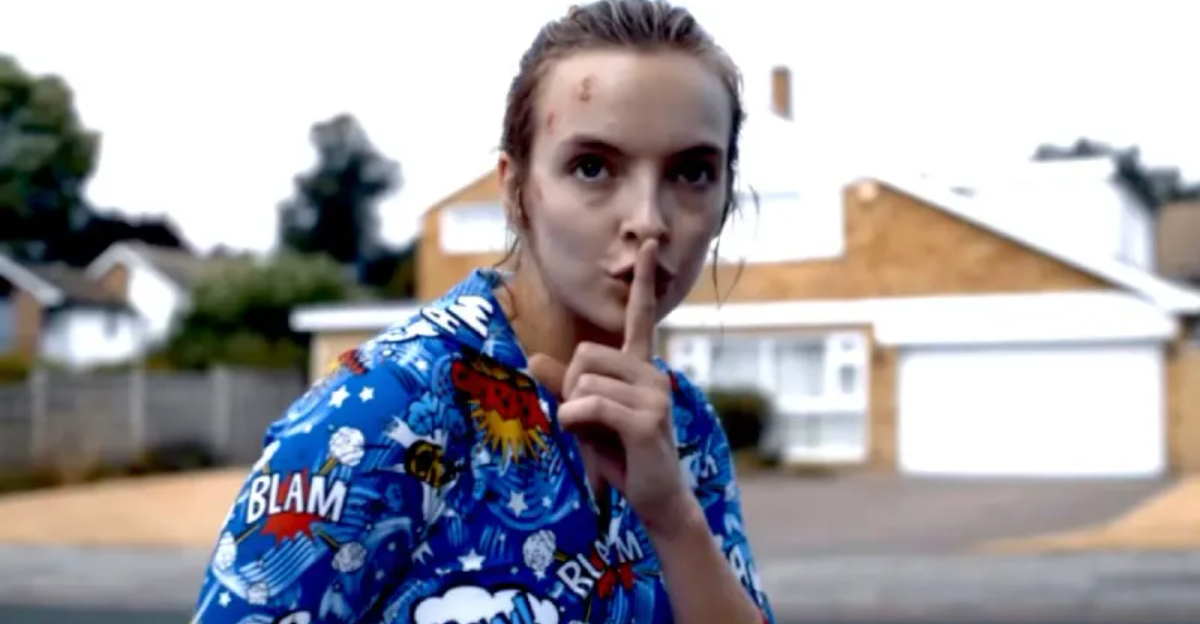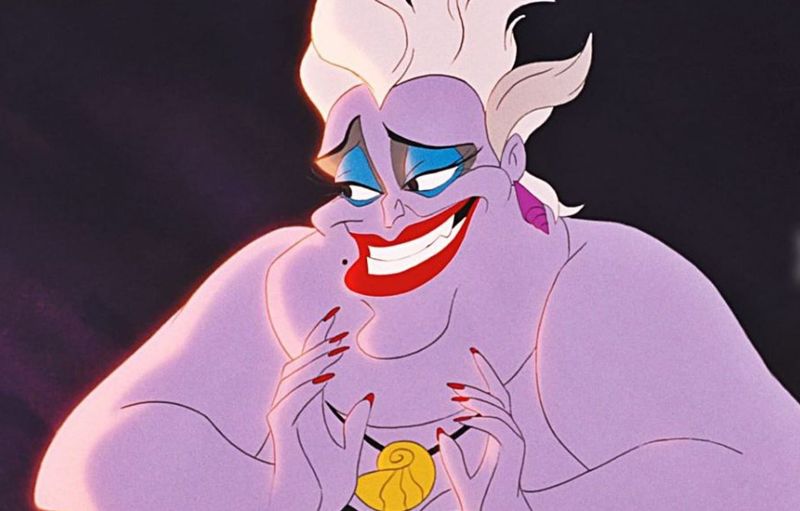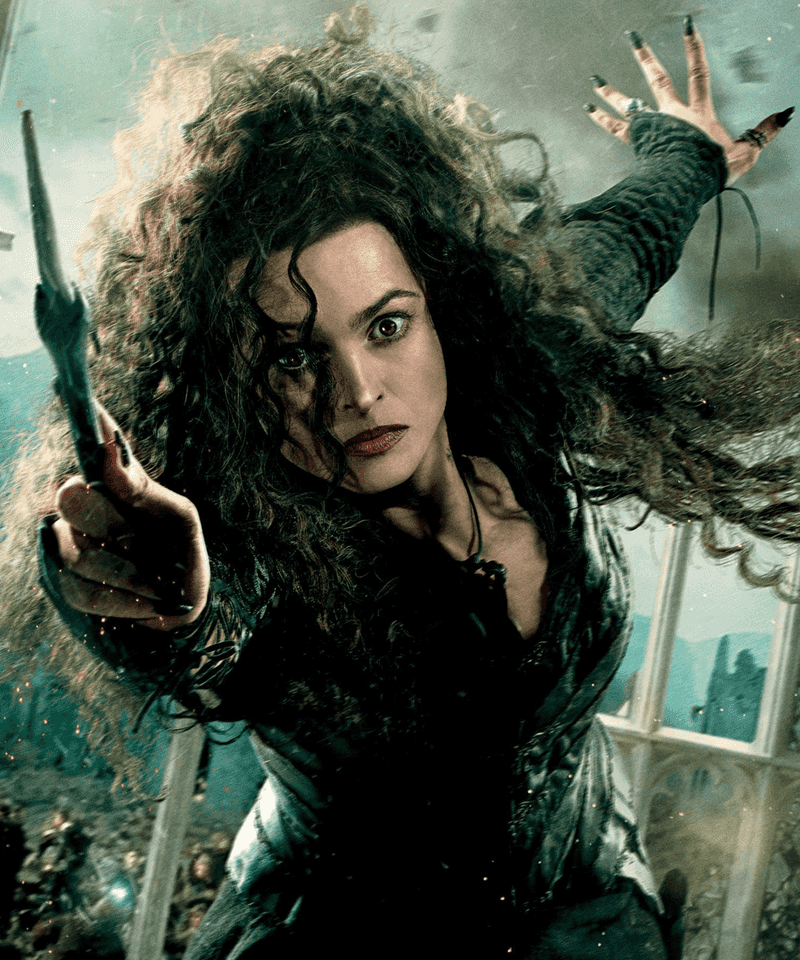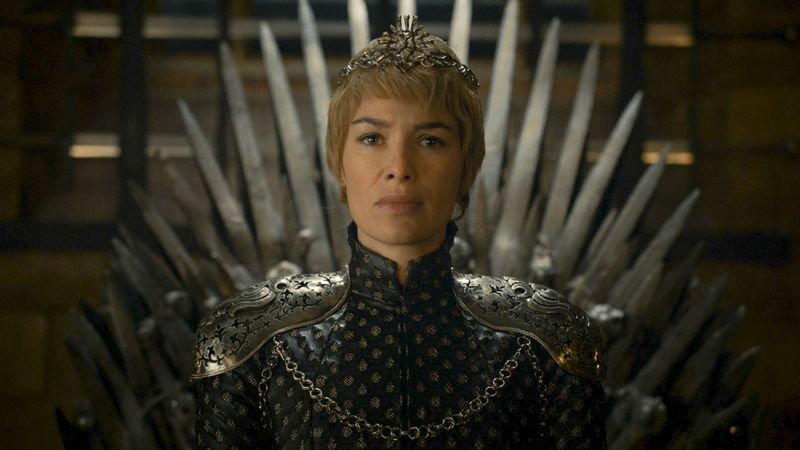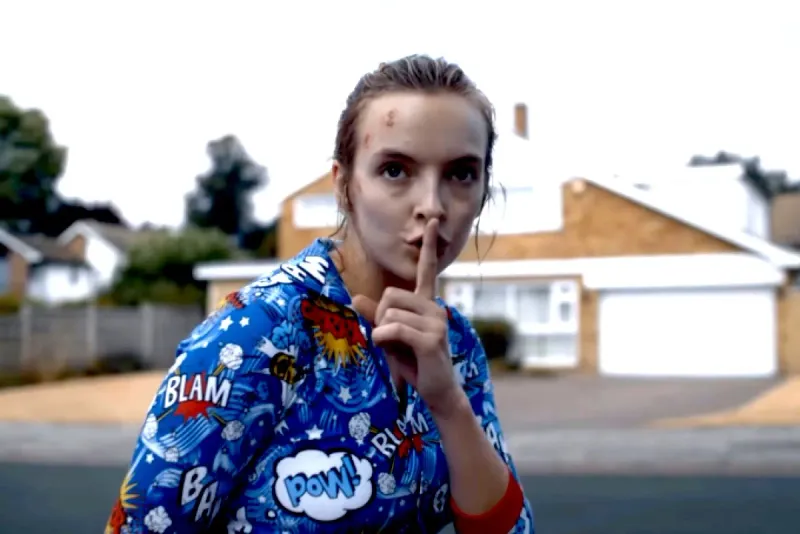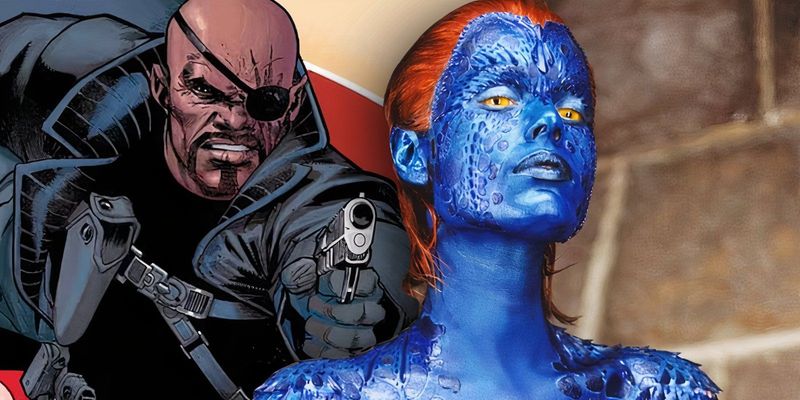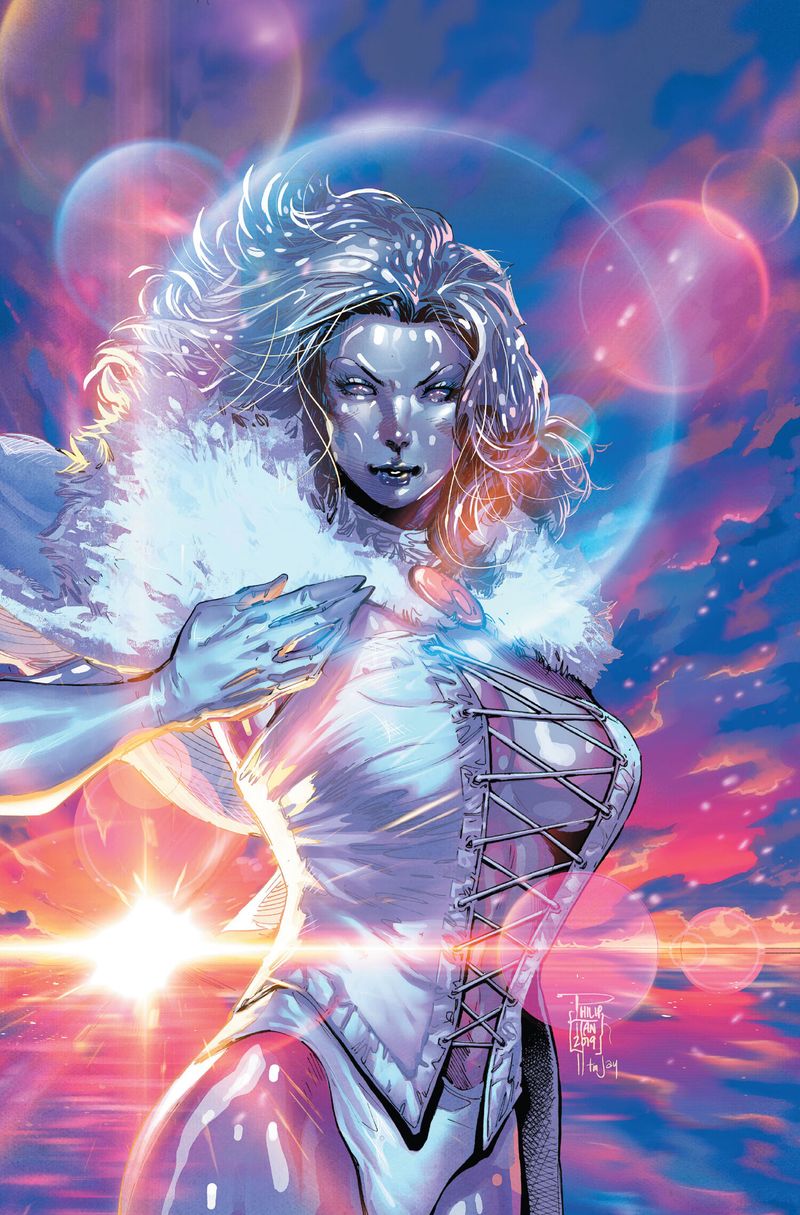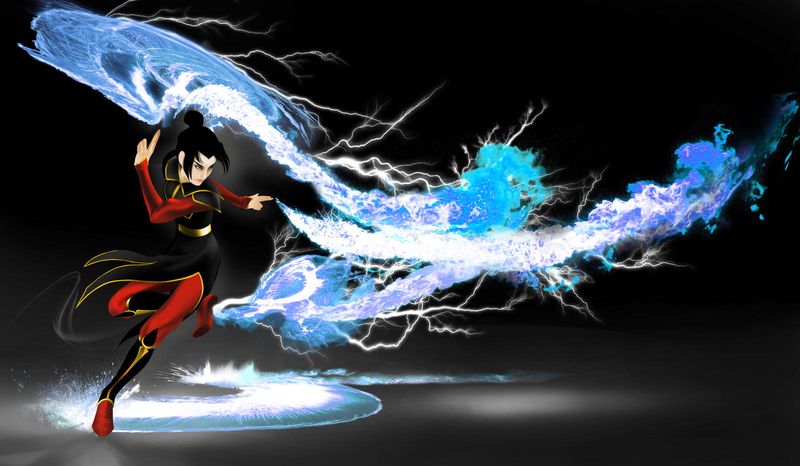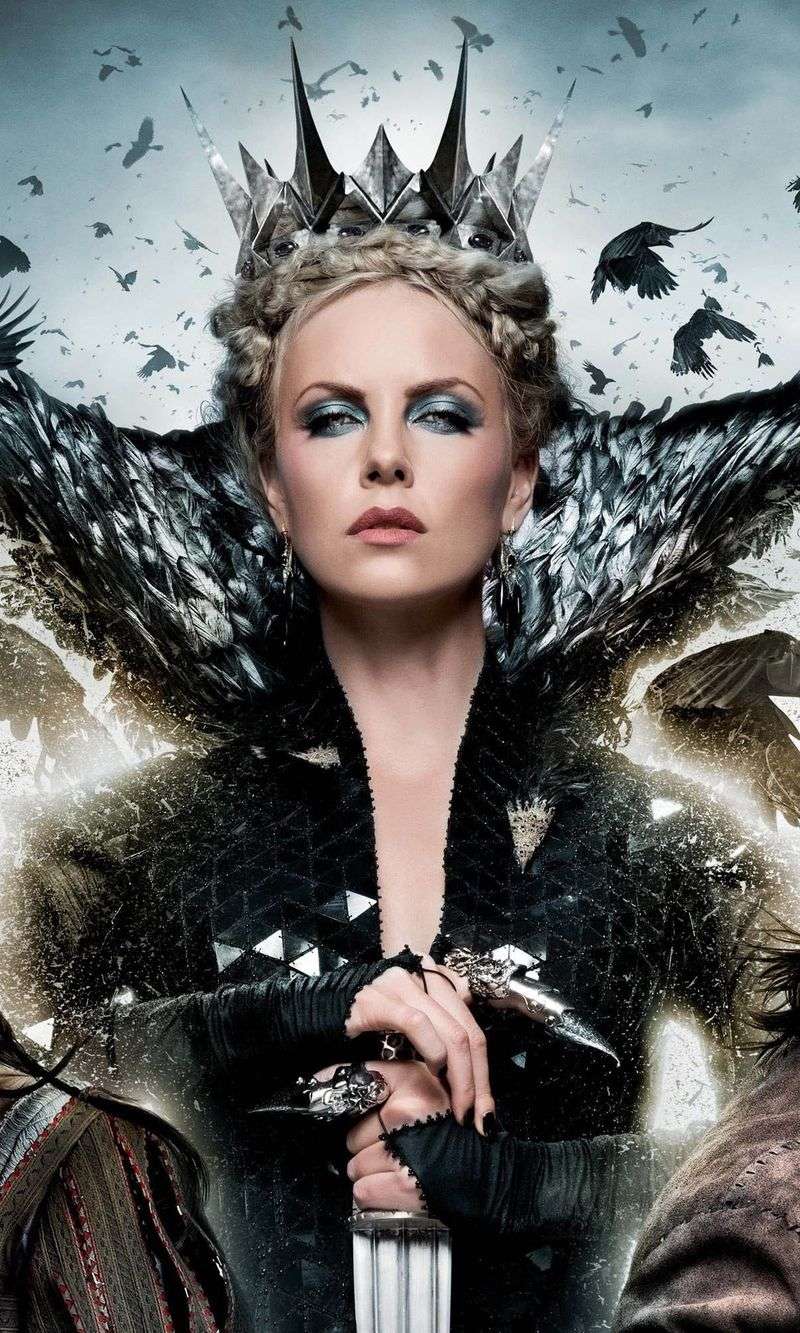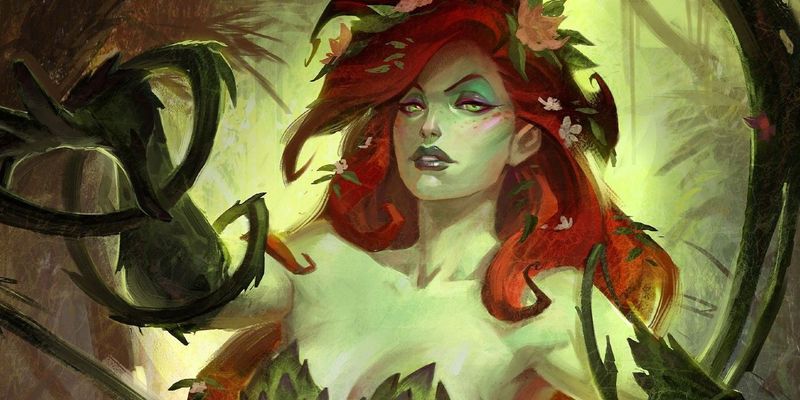We love our heroes, but sometimes the villains steal the show. Female antagonists, in particular, have evolved beyond simple evil into complex characters with compelling backstories and motivations. These fascinating women blur moral lines, challenge our perceptions, and occasionally make us root for the bad guy. From animation to live-action, these 15 villainesses have transformed how we understand evil.
1. Maleficent: The Misunderstood Fairy
Draped in black with iconic horns, Maleficent initially represented pure malice in Disney’s 1959 classic. Her elegant cruelty and dramatic curse over a baby made her terrifying yet captivating. The 2014 reimagining changed everything. Suddenly viewers saw a betrayed fairy whose broken heart led to vengeance, not inherent wickedness. Angelina Jolie’s portrayal revealed vulnerability beneath power. Most fascinating was Maleficent’s evolution from villain to maternal protector, suggesting that ‘evil’ often masks deep wounds and that redemption is possible even for the darkest characters. Her complexity forever changed Disney’s villain landscape.
2. Catwoman: The Seductive Thief
Slinking through Gotham’s shadows, Catwoman defies categorization. Neither hero nor villain, Selina Kyle operates by her own moral code as she steals from the wealthy with feline grace. Her allure comes from this moral ambiguity. While Batman fights for justice, Catwoman fights for survival, challenging audiences to question whether desperation justifies crime. Michelle Pfeiffer, Anne Hathaway, and Zoë Kravitz each brought unique dimensions to this complex character. What makes Catwoman revolutionary is her refusal to be defined by men’s expectations. She uses society’s sexist assumptions as weapons, manipulating those who underestimate her while maintaining independence that makes her both dangerous and admirable.
3. Ursula: The Sea Witch With Style
Half-octopus, all attitude—Ursula revolutionized Disney villainy with her theatrical flair and body-positive confidence. Based on drag queen Divine, she embraced her size and tentacles with unapologetic glee. Her wickedness came with wit and showmanship. “Poor Unfortunate Souls” wasn’t just a villain song; it was a masterclass in manipulation, showing how predators disguise exploitation as opportunity. Ursula’s business model—preying on desperate dreamers—mirrors real-world power imbalances. What makes her unforgettable isn’t just her flamboyance but her businesslike approach to evil. No personal vendetta drove her—just pure ambition and opportunism, making her a surprisingly relatable villain for adult viewers.
4. Harley Quinn: The Lovable Psychopath
Originally created as Joker’s sidekick for Batman: The Animated Series, Harley Quinn has evolved into something far more significant. Her transformation from brilliant psychiatrist to gleeful criminal represents mental health’s complexity in ways rarely seen in comics. What makes Harley revolutionary is her journey away from abuse. Her toxic relationship with Joker initially defined her, but modern interpretations show her breaking free, finding self-worth, and developing healthier connections—all while maintaining her chaotic personality. Margot Robbie’s portrayal cemented Harley as a cultural icon who resonates with fans navigating their own identity struggles. Her popularity proves audiences crave female characters who are messy, contradictory, and allowed to be bad without punishment.
5. Bellatrix Lestrange: The Faithful Fanatic
Helena Bonham Carter’s wild-eyed Death Eater brought a disturbing dimension to the Harry Potter universe. Unlike calculated villains, Bellatrix represented pure, unhinged devotion to evil, finding genuine joy in others’ suffering. Her terrifying effectiveness came from combining childlike enthusiasm with sadistic cruelty. The scene where she tortures Hermione demonstrated how Bellatrix viewed inflicting pain as playtime, making her more frightening than villains with complex motives. Most unsettling was her absolute loyalty to Voldemort—a twisted version of love that showed how devotion, typically considered virtuous, becomes monstrous when directed toward evil. Her fanaticism mirrors real-world extremism where moral boundaries disappear in service to a cause.
6. Cersei Lannister: The Lion Queen
“When you play the game of thrones, you win or you die.” Cersei Lannister’s chilling words perfectly captured her ruthless pragmatism. Unlike fantasy villains driven by dark magic, Cersei’s motivations were painfully human: protecting her children and preserving her power. Lena Headey brilliantly portrayed a woman hardened by a world that punished her ambition while rewarding less capable men. Her infamous walk of atonement forced viewers to sympathize with someone who had committed terrible acts, creating uncomfortable moral complexity. What made Cersei revolutionary was how she embodied the double standards women face. The same cutthroat politics that earned her brother respect made her “mad” and “hysterical,” challenging viewers to examine their own gender biases about female power.
7. Nurse Ratched: The Cold Authority
Louise Fletcher’s Oscar-winning performance created one of cinema’s most terrifying villains without raising her voice or wielding weapons. As the head nurse of a psychiatric ward, Ratched’s evil lay in her bureaucratic efficiency and emotional detachment. What made her revolutionary was how she represented institutional power rather than individual malice. Her crisp uniform, perfect hair, and procedural adherence showed how systems dehumanize people more effectively than any mustache-twirling villain. The 2020 series “Ratched” attempted to provide backstory, but the original character’s power came from her inscrutability. By never explaining her cruelty, the film forced viewers to confront uncomfortable questions about authority figures we trust with vulnerable populations.
8. Villanelle: The Fashionable Assassin
Jodie Comer’s performance as Killing Eve’s stylish psychopath shattered expectations about female villains. Unlike the femme fatales who came before her, Villanelle killed without seduction—she simply enjoyed it, approaching assassination with childlike enthusiasm and impeccable fashion sense. Her cat-and-mouse relationship with intelligence agent Eve Polastri explored female obsession outside romantic contexts. Their mutual fascination challenged the male gaze that typically frames women’s relationships on screen. Most revolutionary was Villanelle’s complete lack of trauma-based justification. While the show eventually provided backstory, it initially presented her as someone who simply loves killing—forcing viewers to confront their tendency to seek redemptive explanations for female characters while accepting male villains at face value.
9. Mystique: The Shape-Shifting Revolutionary
Blue-skinned and scale-covered, Mystique defied conventional beauty standards while becoming one of Marvel’s most compelling characters. Her mutation—the ability to transform into anyone—served as a perfect metaphor for identity politics and the masks marginalized people wear to survive. Rebecca Romijn and Jennifer Lawrence brought different dimensions to this complex character. While the original trilogy portrayed her as Magneto’s loyal soldier, later films explored her journey from idealistic activist to hardened warrior, showing how revolution changes its participants. What made Mystique revolutionary was her embodiment of mutant pride. Her refusal to hide her blue form represented radical self-acceptance, challenging both humans in her world and viewers in ours to confront their biases about difference.
10. Emma Frost: The Diamond Queen
Clad in white from head to toe, the telepathic Emma Frost broke the supervillain mold. Unlike most female antagonists defined by emotional instability, the White Queen’s trademark was her icy composure and calculated intelligence. Her evolution from villain to X-Men leader demonstrated moral complexity rarely afforded to female characters. Emma never abandoned her ruthless pragmatism or sharp tongue—she simply redirected these qualities toward protection rather than domination. Most fascinating was Emma’s unapologetic sexuality. Unlike characters who use seduction merely as manipulation, Emma owned her desires without shame. Her diamond form—beautiful yet impenetrable—perfectly symbolized her character: dazzling on the surface with emotional armor underneath, challenging readers to look beyond first impressions.
11. Azula: The Prodigy Princess
Animated villains rarely achieve the psychological depth of Avatar: The Last Airbender’s Princess Azula. A firebending prodigy raised by a dictator father, Azula’s perfect blue flames and lightning generation reflected her cold precision and unrelenting drive for perfection. What made her revolutionary was how the show connected her cruelty to her upbringing. Viewers watched a child molded into a weapon, rewarded for ruthlessness and punished for weakness, raising uncomfortable questions about nature versus nurture in creating “monsters.” Her breakdown in the series finale revealed the fragility beneath her terrifying exterior. As her perfectly maintained composure shattered before a hallucinated mother figure, audiences witnessed how parental approval—or lack thereof—shaped her villainous path, making her simultaneously frightening and heartbreaking.
12. The Evil Queen: The Original Beauty Obsessed
“Mirror, mirror on the wall”—these words introduced generations to the archetypal wicked stepmother. Disney’s first animated villain established the template: beautiful, vain, and willing to murder her stepdaughter over beauty competition. Modern interpretations like Charlize Theron’s Queen Ravenna in Snow White and the Huntsman added depth to this character. Her obsession with youth and beauty stemmed from a world where women’s power came solely from appearance—revealing how patriarchal values create female competition. What makes this character enduringly relevant is how she reflects society’s impossible beauty standards. Her transformation from beautiful queen to hunched crone visualized women’s fears about aging in a culture that values youth above all else, making her both villain and victim of cultural expectations.
13. Cruella de Vil: The Fashion Extremist
Sporting a half-black, half-white hairstyle and an ever-present cigarette holder, Cruella de Vil shocked audiences with her singular obsession: skinning puppies for a coat. Her skeletal frame and manic driving made her visually unforgettable in animation and live-action alike. Glenn Close’s portrayal in the 1996 adaptation brought maniacal energy to the character, while Emma Stone’s 2021 prequel reframed her as a fashion genius with a vendetta. Both interpretations maintained Cruella’s core: unwavering commitment to aesthetic at any moral cost. What makes Cruella enduringly fascinating is how she represents consumption without conscience. Her willingness to destroy innocent life for fashion commentary resonates in our era of fast fashion and environmental concerns, making her evil surprisingly relevant.
14. Poison Ivy: The Eco-Terrorist
Dr. Pamela Isley transformed from botanist to plant-human hybrid after betrayal and experimentation. Unlike villains motivated by greed, Poison Ivy’s terrorism targeted those destroying the environment—giving her a moral righteousness unusual for antagonists. Her deadly kiss and ability to control plants made her physically dangerous, but her true power lay in challenging Batman’s black-and-white morality. When she asked why human lives outweigh plant life, she forced both heroes and readers to examine their environmental ethics. Uma Thurman’s campy portrayal contrasted with the comic character’s deeper ecological themes. Modern interpretations have emphasized Ivy’s relationship with Harley Quinn, creating one of comics’ most prominent LGBTQ+ relationships and showing how villains can find redemption through love rather than punishment.
15. The Boss: The Patriotic Spy
Metal Gear Solid 3’s final antagonist shattered video game conventions. Initially presented as a traitor who defected to the Soviet Union, The Boss was revealed to be America’s most loyal soldier, sacrificing her life and legacy on government orders. Her final battle against her beloved protégé, Snake, remains one of gaming’s most emotional moments. Fighting in a field of white flowers, she forces the player to pull the trigger that kills her—a rare moment where gameplay mechanics enhance narrative emotional impact. What made The Boss revolutionary was how she embodied patriotism’s double edge. Her willingness to be remembered as a villain to prevent nuclear war questioned blind nationalism and explored how women’s contributions to history are often erased or distorted, making her both antagonist and tragic hero.
